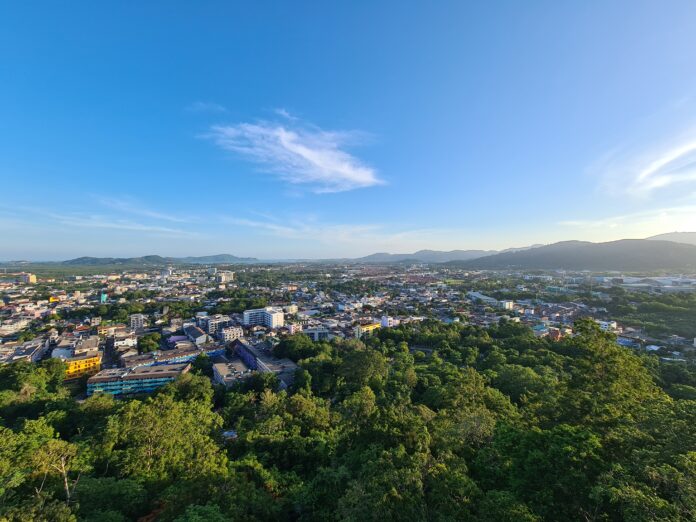Phuket and its neighbouring provinces, renowned for their untouched beaches and globally-recognized wellness centres, are ambitiously setting their sights on a bigger portion of the global wellness tourism market.
The concept of the Andaman Wellness Economic Corridor (AWC) has been thrust into the limelight, with regional leaders and industry titans imploring Thailand’s Prime Minister, Srettha Thavisin, to harness its game-changing potential.
During a recent visit to Phuket and Phang Nga, Prime Minister Thavisin immersed himself in dialogues with local communities and business magnates, delving into strategies designed to supercharge the tourism sector.
Kan Prachumphan, CEO of Beach Group and Andaman City Development Co. Ltd., stood alongside industry peers in presenting the AWC proposal. A relic from the Prayut Chan-o-cha administration, the AWC envisages a corridor cutting through six strategic Andaman provinces: Phuket, Krabi, Phang Nga, Ranong, Trang, and Satun.
Similar in ambition to the Eastern Economic Corridor (EEC), the AWC aspires to rejuvenate the regional economy in a post-pandemic world, steering the rudder towards the booming realms of wellness and medical tourism. With Phuket at the forefront, renowned for specialized medical procedures and cutting-edge wellness hubs, and Phang Nga not far behind with its marine tourism and novel treatments like climate therapy, the vision is grand.
In a statement to the Bangkok Post, Kan passionately expressed, “We do not want the prime minister to forget it. We want it to happen in the region as quickly as possible.”
Kan further emphasised the essential nature of governmental action. He proposed expansive upgrades to Phuket International Airport in anticipation of a staggering 18 million international visitors within the ensuing year.
Additionally, Kan highlighted the pressing need for a new airport in Tambon Khok Kloi, Phang Nga, predicting it to be a potent catalyst for surging regional tourism earnings. Beyond mere infrastructure, the call for legal reforms and ambitious projects, such as the Transit Oriented Development and Land Bridge, reverberate with the shared dream of a robust tourism and transportation nexus.
Phuket’s metamorphosis into a ‘workation city’ epitomises a seismic shift in its demographic contour. As Kan described to the Bangkok Post, “Phuket is already considered a ‘workation city’ that is home to quality workers from all over the world whose skills are based on digital knowledge and service experience.”
The island, increasingly preferred by digital and service professionals, sees an influx of tourists morphing their brief sojourns into lasting real estate commitments, consequently invigorating its economy.
However, the odyssey towards AWC’s actualization isn’t without its hurdles. Thanapat Uttawarapong, an astute analyst from Andaman City Development, candidly spoke to the Bangkok Post, asserting that while sculpting the AWC might be daunting, “the government cannot avoid it.”
He ardently advocated for a bespoke law to navigate and dismantle existing legal roadblocks. With an unyielding endorsement from the private sector, the corridor, once operational, promises an economic renaissance for the region.
As the hustle and bustle of the November tourist season looms, all eyes are on the Prime Minister’s scheduled end-of-September sojourn to Phuket and Phang Nga. This reconnaissance of the Phuket International Airport and key tourism undertakings is poised to shed light on the government’s disposition towards the ambitious AWC blueprint.


